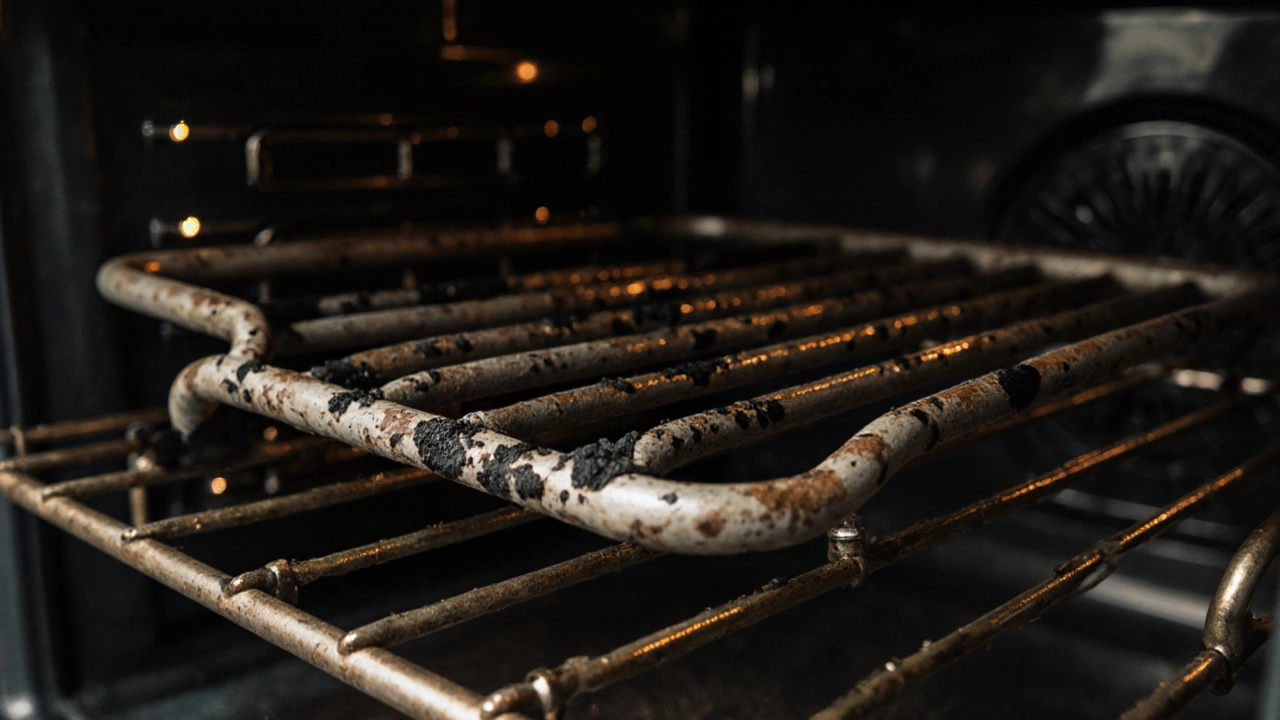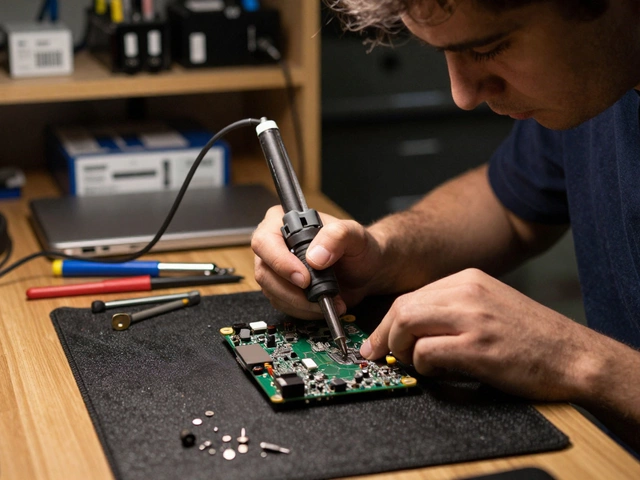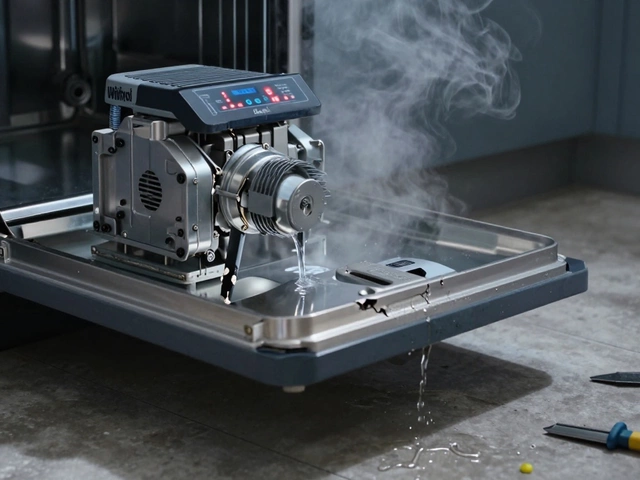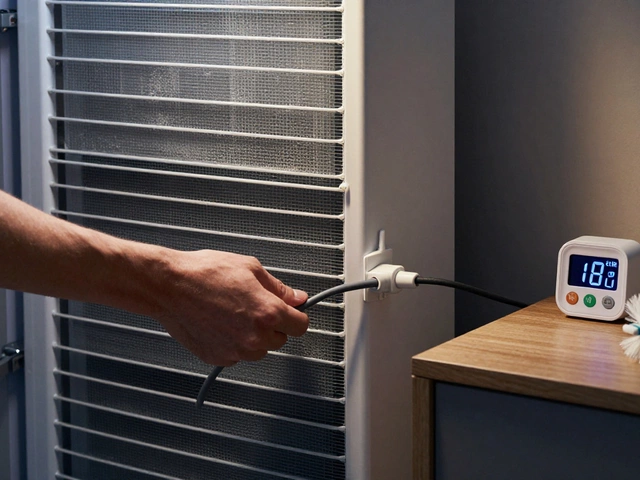Oven Door Seal Leak: Causes, Fixes, and When to Replace
When your oven door seal, the rubber or fibrous strip around the oven door that keeps heat inside. Also known as a oven gasket, it’s one of the simplest parts with the biggest impact on how well your oven works. leaks, you’re not just losing heat—you’re wasting money every time you turn the oven on. A bad seal lets hot air escape, which means your oven has to work harder to reach and hold the right temperature. That’s why your food takes longer to cook, your energy bill creeps up, and you might even notice the kitchen getting hotter than it should.
This isn’t just about comfort. A damaged oven door gasket, the flexible sealing component that creates an airtight barrier when the door closes can cause uneven baking, undercooked meals, and even trigger safety alarms in modern ovens. You might see the oven light flickering, the display showing error codes like ‘E1’ or ‘F2’, or hear the fan running nonstop trying to compensate. These aren’t random glitches—they’re signs your seal is failing. And while people often blame the heating element or thermostat, the real culprit is usually right at the edge of the door.
Fixing this isn’t hard, but it does require the right approach. First, check the seal for cracks, brittleness, or gaps where you can see light when the oven is off and dark. Run your hand along the edge—any draft means it’s not sealing. If it’s just dirty, clean it with warm soapy water. But if it’s cracked or squishy, replacement is the only real fix. You don’t need a professional for this—most oven gaskets snap into place and cost under £30. Just make sure you get the right model for your brand and year. Brands like Bosch, Whirlpool, and Hotpoint all use different shapes, so don’t guess. Look up your oven’s model number and order the exact part.
Still not sure? If your oven is over 10 years old and the seal is gone, it’s worth asking if the whole unit is worth saving. Older ovens often have other worn parts too—faulty thermostats, broken fans, or failing control boards. Replacing just the seal might feel like a win, but if you’re spending more than half the cost of a new oven, it’s smarter to upgrade. New models are more efficient, safer, and come with better temperature control.
What you’ll find below are real fixes from people who’ve been there. From step-by-step seal replacement guides to how to tell if your oven’s heating issue is really the seal—or something deeper. We’ve got checks you can do with just a flashlight and your fingers, cost breakdowns for parts, and when to call a pro instead of wasting time. No fluff. Just what works.
What Are Common Faults with Electric Ovens? Top Issues and How to Spot Them
- Alden Wilder
- Oct 29 2025
- 0 Comments
Learn the top 5 common faults with electric ovens-from broken heating elements to faulty thermostats-and how to fix them yourself before calling a technician.
View More




